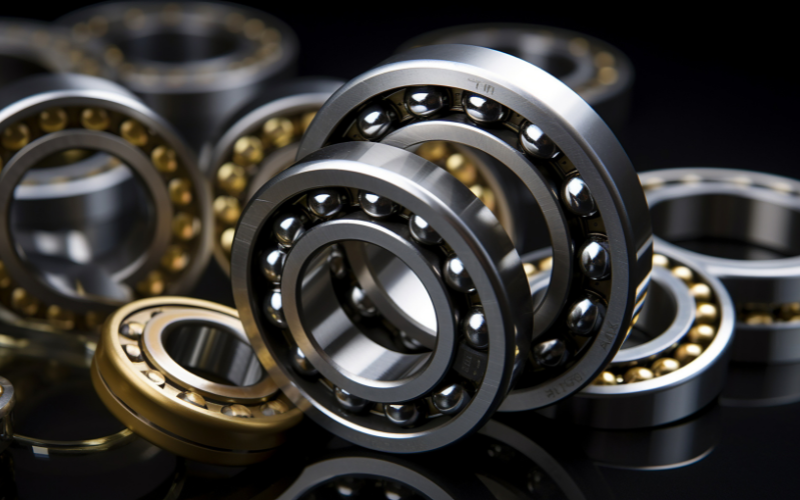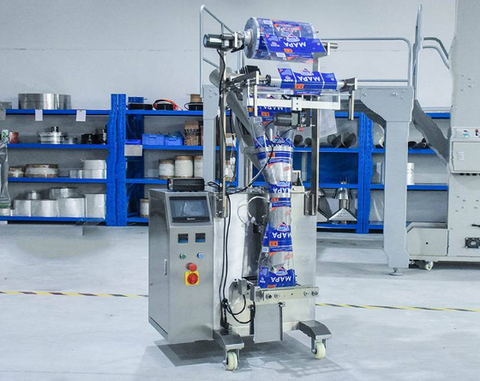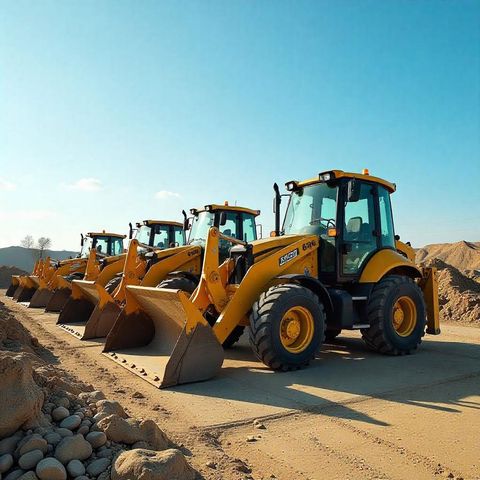The concept of using rolling elements to minimize friction dates back to ancient civilizations, but modern steel bearings became industrial staples during the late 19th century with the rise of precision machinery. Today, they are engineered with advanced metallurgy, lubrication systems, and coatings to meet the demands of modern technology and sustainability standards.
Bearings typically come in various forms such as ball bearings, roller bearings, and thrust bearings, each serving different load and motion requirements. Steel, particularly chromium or stainless steel, remains the preferred material due to its strength, wear resistance, and durability.
Why Steel Bearings Matter Today
The importance of steel bearings extends beyond mechanical engineering they’re central to industries that define modern life. Here’s why they matter now more than ever:
-
Industrial Efficiency: Bearings reduce energy loss by minimizing friction, which directly contributes to better fuel economy and machine performance.
-
Sustainability and Longevity: Modern steel alloys and lubricants extend bearing life, reducing waste and maintenance frequency.
-
Technological Integration: Smart bearings equipped with sensors can monitor temperature, vibration, and load, helping prevent system failures.
-
Global Manufacturing Dependence: Every sector from electric vehicles to robotics relies on bearing systems for operational precision.
In an age focused on efficiency and precision, steel bearings represent reliability, safety, and innovation. Their role in advancing industrial automation and mobility makes them critical components for future-ready infrastructure.
Latest Developments and Trends in Steel Bearings
The steel bearing industry continues to evolve rapidly, adapting to new technologies and global market demands. Several key trends have shaped the field from 2024 through 2025:
| Trend | Description | Impact |
|---|---|---|
| Smart Bearings | Integration of IoT sensors and real-time condition monitoring systems | Improved maintenance efficiency and predictive diagnostics |
| Eco-Friendly Coatings | Use of low-friction, sustainable coatings such as DLC (Diamond-Like Carbon) | Reduced wear, longer lifespan, and lower energy consumption |
| Lightweight Alloys | Development of hybrid bearings using steel and ceramic components | Enhanced speed capacity and corrosion resistance |
| Automation Compatibility | Bearings designed for robotics and automated systems | Increased precision and production uptime |
| Regional Growth | Asia-Pacific markets, especially India, China, and Japan, expanding production capacity | Competitive pricing and global supply chain diversification |
According to market data published in early 2025, the global steel bearings market is projected to grow steadily due to increasing use in EVs, renewable energy systems, and smart manufacturing. Leading companies like SKF, NSK, Timken, NTN, and Schaeffler are investing heavily in digitalization and sustainability.
Industry Regulations and Standards
Steel bearings are subject to several national and international standards to ensure quality, safety, and performance. Compliance with these standards is crucial for manufacturers, distributors, and end-users alike.
Key regulatory frameworks include:
-
ISO Standards (ISO 15, ISO 281, ISO 76): Define tolerances, load ratings, and performance criteria for various bearing types.
-
ASTM International Standards: Cover materials testing, hardness evaluation, and fatigue resistance of bearing steels.
-
European Union REACH Regulation: Governs the use of chemicals in lubricants and coatings, ensuring environmental compliance.
-
Indian Bureau of Standards (BIS): Regulates bearing quality for domestic production and imports in India.
-
RoHS Directive: Restricts the use of hazardous substances in electronic-bearing components.
In recent years, governments and industry bodies have encouraged eco-compliant manufacturing, promoting recyclable steel alloys and lubricant systems with lower carbon footprints. These standards ensure that steel bearings meet durability, safety, and sustainability benchmarks across global markets.
Tools, Resources, and Expert References
To help engineers, technicians, and industry professionals make informed decisions, several online tools and resources provide calculation, selection, and diagnostic support for steel bearings.
Useful Online Tools and Calculators:
-
SKF Bearing Calculator: Offers load ratings, life estimation, and lubrication analysis.
-
NTN Bearing Finder: Helps identify compatible bearing types and dimensions.
-
Timken Engineering Tools: Provides performance comparison charts and design parameters.
-
NSK Online Catalog: Includes bearing data sheets, mounting guides, and speed limits.
-
BearingNet Database: A global platform for sourcing and comparing bearing specifications.
Technical Resources:
-
ISO Bearing Standards Database – Reference for compliance and certification.
-
Engineering Toolbox – Contains formulas for torque, friction, and bearing life calculations.
-
Schaeffler Knowledge Center – Publishes free technical papers and product design insights.
Industry Associations and Training Platforms:
-
American Bearing Manufacturers Association (ABMA) – Educational programs and technical standards.
-
European Bearing Manufacturers Association (EBMA) – Market data and technology updates.
-
Society of Tribologists and Lubrication Engineers (STLE) – Courses on bearing lubrication and wear prevention.
These tools and references are invaluable for design engineers, maintenance managers, and procurement teams aiming to enhance performance and ensure compliance.
Common FAQs About Steel Bearings
1. What are the main types of steel bearings used in industry?
The most common types include ball bearings, roller bearings, thrust bearings, and tapered bearings. Each type is suited for specific load conditions—ball bearings for light radial loads, roller bearings for heavy loads, and thrust bearings for axial loads.
2. What are the main materials used for steel bearings?
Steel bearings are typically made from chrome steel (SAE 52100) or stainless steel (AISI 440C). Chrome steel offers high hardness and wear resistance, while stainless steel provides corrosion protection for humid or chemical environments.
3. How can I determine bearing failure?
Common signs include increased vibration, noise, and temperature. Monitoring systems or IoT-enabled bearings can help detect early wear and prevent catastrophic failures.
4. How do steel bearings differ from ceramic bearings?
Steel bearings offer superior toughness and cost-efficiency, whereas ceramic bearings are lighter, faster, and more corrosion-resistant but less impact-tolerant. Many modern systems use hybrid bearings that combine both materials.
5. What maintenance practices extend bearing life?
Proper lubrication, clean installation, and regular inspection are key. Avoid overloading, contamination, and improper alignment, as these factors shorten bearing life significantly.
Key Insights and Practical Advice
-
Use predictive maintenance tools to detect early signs of wear.
-
Always refer to manufacturer torque and lubrication recommendations.
-
Choose bearings based on load type, speed, and environmental conditions.
-
For high-speed machinery, consider ceramic or hybrid bearings.
-
Maintain detailed maintenance logs to track performance history.
Below is a quick overview comparison:
| Bearing Type | Typical Material | Application | Lifespan Potential |
|---|---|---|---|
| Ball Bearing | Chrome Steel | General Machinery | 5–10 years |
| Roller Bearing | Alloy Steel | Heavy Loads | 8–12 years |
| Thrust Bearing | Stainless Steel | Axial Motion | 6–10 years |
| Hybrid Bearing | Steel + Ceramic | High-Speed Systems | 10–15 years |
Conclusion
Steel bearings remain indispensable in global engineering and manufacturing, combining strength, precision, and versatility. With advancing technologies such as smart sensors, eco-friendly coatings, and hybrid materials, their role is expanding into sustainability and automation domains.
Understanding steel bearings’ design, function, and standards allows industries to enhance performance, reduce downtime, and improve operational efficiency. By leveraging the latest tools, regulatory knowledge, and expert insights, engineers can make informed, future-focused choices in bearing selection and maintenance.
Steel bearings aren’t just mechanical components they are the silent enablers of innovation, powering everything from wind turbines to electric vehicles with consistent reliability.






